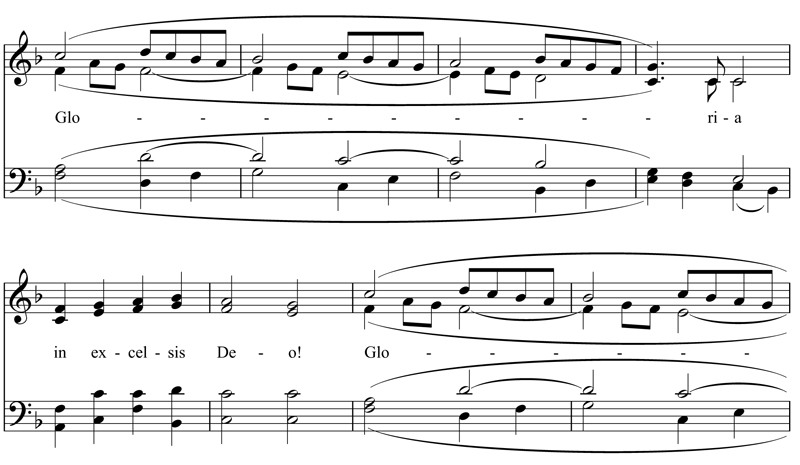 Ever notice all the hyphens in your hymnal? I pity the guy who had the job of putting them there!
Ever notice all the hyphens in your hymnal? I pity the guy who had the job of putting them there!
When song lyrics contain words of more than one syllable, the divisions between syllables are marked with hyphens in the score. This allows each syllable to be individually aligned with its musical note.
Some syllables are sung across a series of notes. The score will generally use a curved line called a slur to mark the range of notes assigned to a particular syllable. It may display multiple hyphens for an extended syllable.
The clip of sheet music pictured above shows the hyphenated syllables Glo-ri-a, ex-cel-sis, and De-o in the classic Christmas carol “Angels We Have Heard on High.” Look at all the hyphens following Glo! That single three-letter syllable is spread over sixteen separate notes. Keep an oxygen tank handy when the congregation belts that one out!
Where Do the Hyphens Go?
But Gloria-induced hyperventilation is not the source of the headache I mentioned in my post title. My split-ting headache comes from trying to figure out exactly where to divide words when I type lyrics into a music notation program.
I vaguely remember a few of Sister Mary Adele’s rules from fifth grade grammar:
- End a long-vowel syllable with the vowel.
- End a short-vowel syllable with a consonant.
- Split words between two consecutive consonants, unless they form a diphthong. (Wait a minute, diphthongs combine vowels. What do you call a consonant combination? A gerund? No … I’m getting too old to keep that stuff straight.)
But Sister Mary Adele’s rules don’t always give the right answer. Even words I thought were obvious turned out to be split differently in my hymnal. Where would you place the hyphens in the common word everyone, for example? I didn’t even guess the number of syllables correctly.
What’s a lyricist to do? Use only words of one syllable? Not likely. Insert hyphens wherever they look right to me, and hope no one else knows better? Tempting, but not the most quality-conscious approach.
How to Divide and Conquer Multi-Syllable Words
Merriam-Webster’s Collegiate Dictionary is my hard-copy reference for word spelling, definition, and syllabication. A quicker solution: I keep a browser window open to Dictionary.com while I work on lyrics. When I need to check a word, I type or copy/paste it into the search box and hit Enter. Voila! Dictionary.com displays the word and its derivative forms in hyphenated syllables.
Even if you don’t write music, knowing where to find a word’s correct syllabication might come in handy someday. If you lay out the interior pages of a print-on-demand book in Microsoft Word, for example, you might want to override Word’s hyphenation to tweak a line here or there. Splitting a long word differently (Con-gregation instead of Congre-gation, for example) can improve the appearance of a printed page or break a line of dialogue at a more reader-friendly place in a script.
Edited September 23, 2021: By the way, give yourself a pat on the back if you split everyone into three syllables. But some sources split it like this: eve-ry-one, while others split it like this: ev-ery-one.
Edit January 10, 2016:
Entering hymn lyrics into a digital score by copying and pasting from Microsoft Word is a lot quicker than typing the words directly into the score. To do that, I first have to separate the syllables with a space or a hyphen (depending on the music notation program). Inserting all those spaces/hyphens individually gets pretty time-consuming.
But I recently was tipped off to Lyric Hyphenator, a free online utility from Juicio Brennan. Just paste your text into the on-screen box and click a button to have it hyphenated automatically. If your notation program uses spaces instead of hyphens to separate syllables, you can then use Word’s Find/Replace All function to replace all the hyphens with spaces.
Caveats: Lyric Hyphenator works with standard English words only. You should eyeball the results for accuracy; as always, use a dictionary to check the syllabication of any questionable words or proper names. (Lyric Hyphenator says eve-ry-one; Merriam-Webster says ev-ery-one.)
 After a two-year hiatus while I worked on other projects, my Holy GhostWriter plunked me back into hymn-writing this year, with an exciting new twist!
After a two-year hiatus while I worked on other projects, my Holy GhostWriter plunked me back into hymn-writing this year, with an exciting new twist!
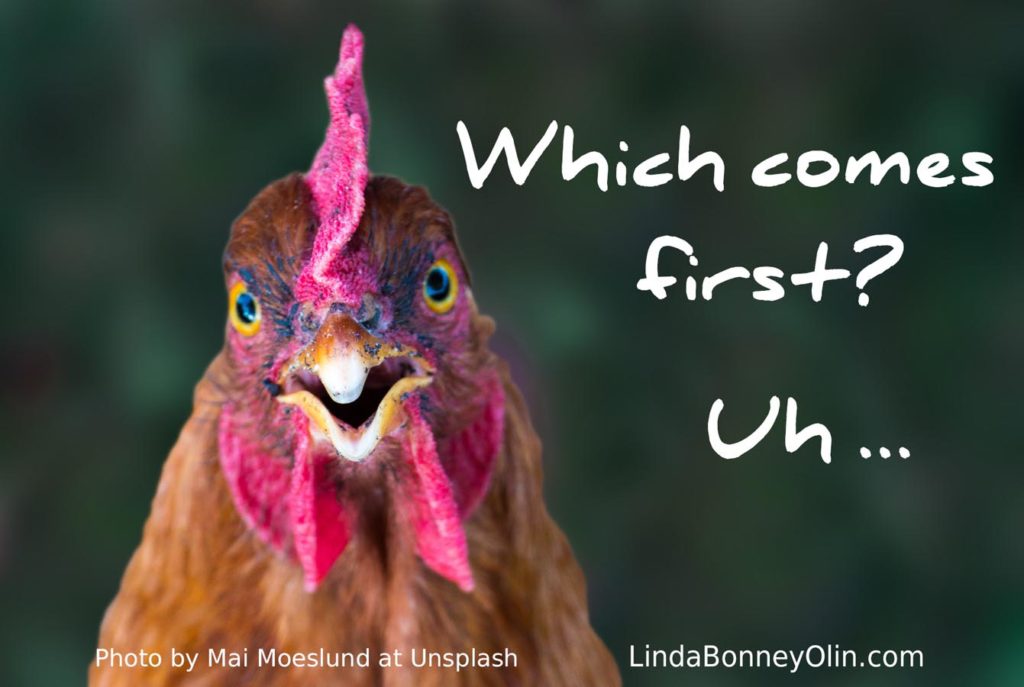
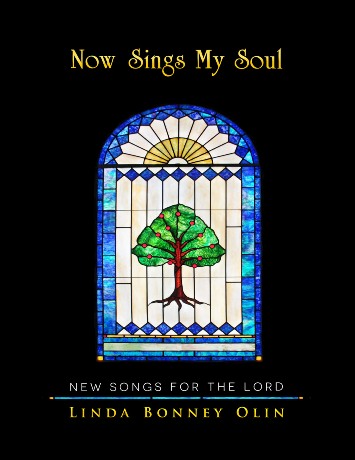
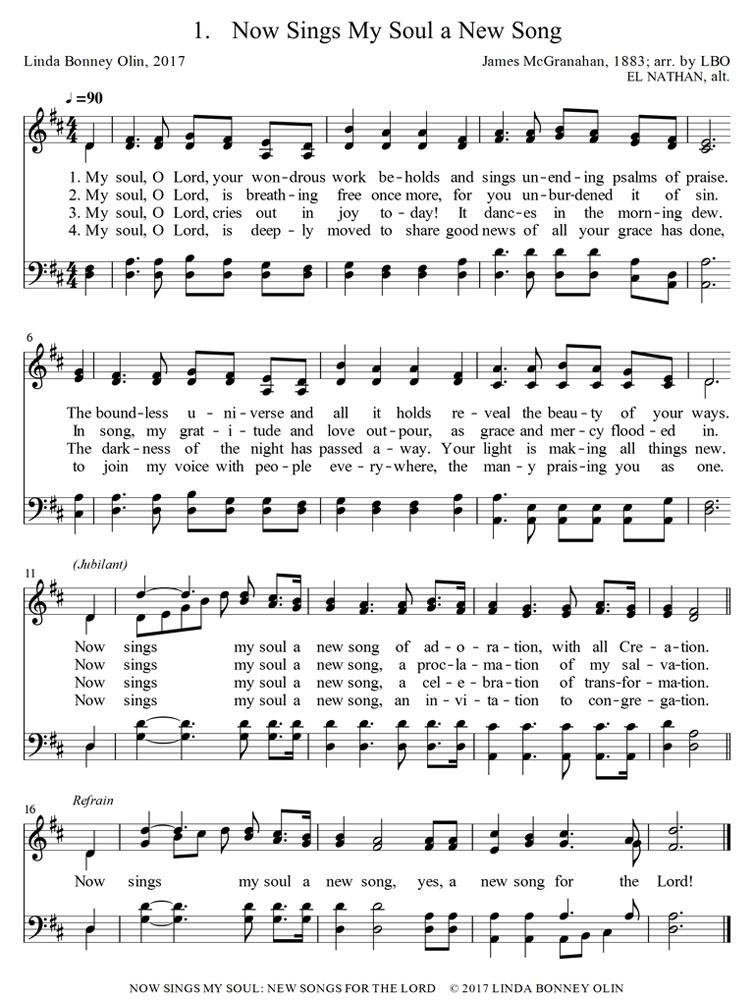
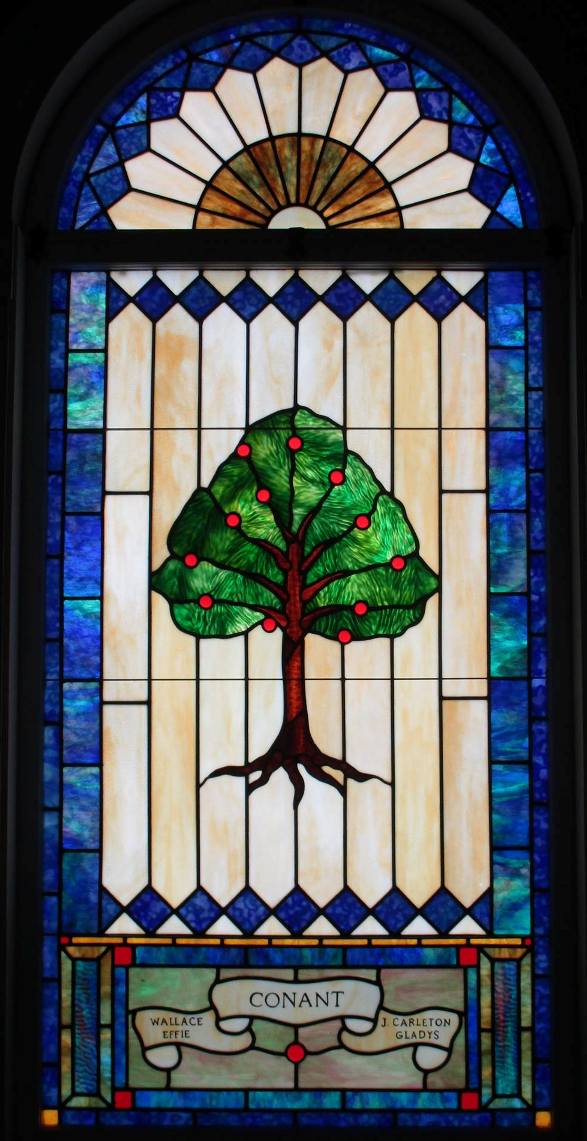
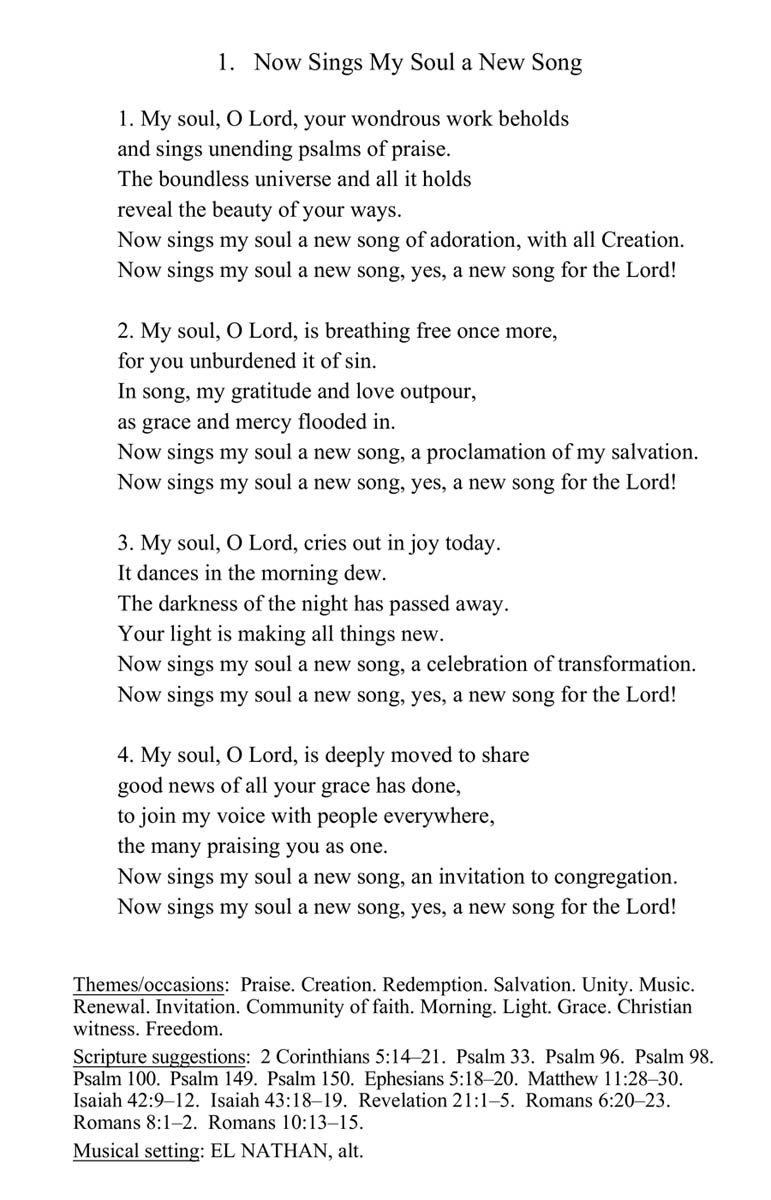
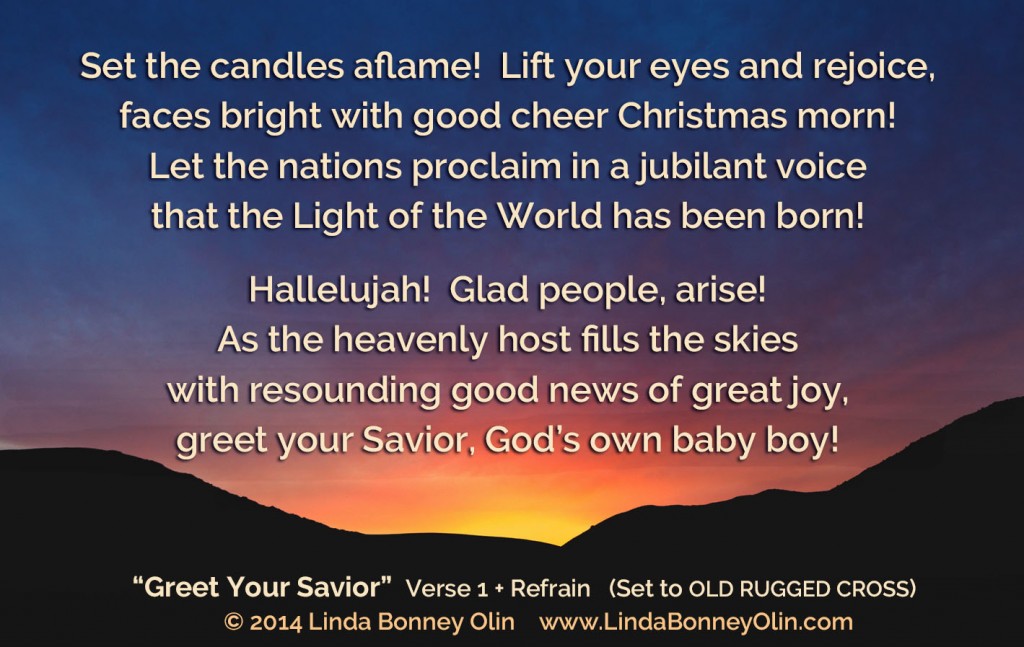
 Ever notice all the hyphens in your hymnal? I pity the guy who had the job of putting them there!
Ever notice all the hyphens in your hymnal? I pity the guy who had the job of putting them there!

